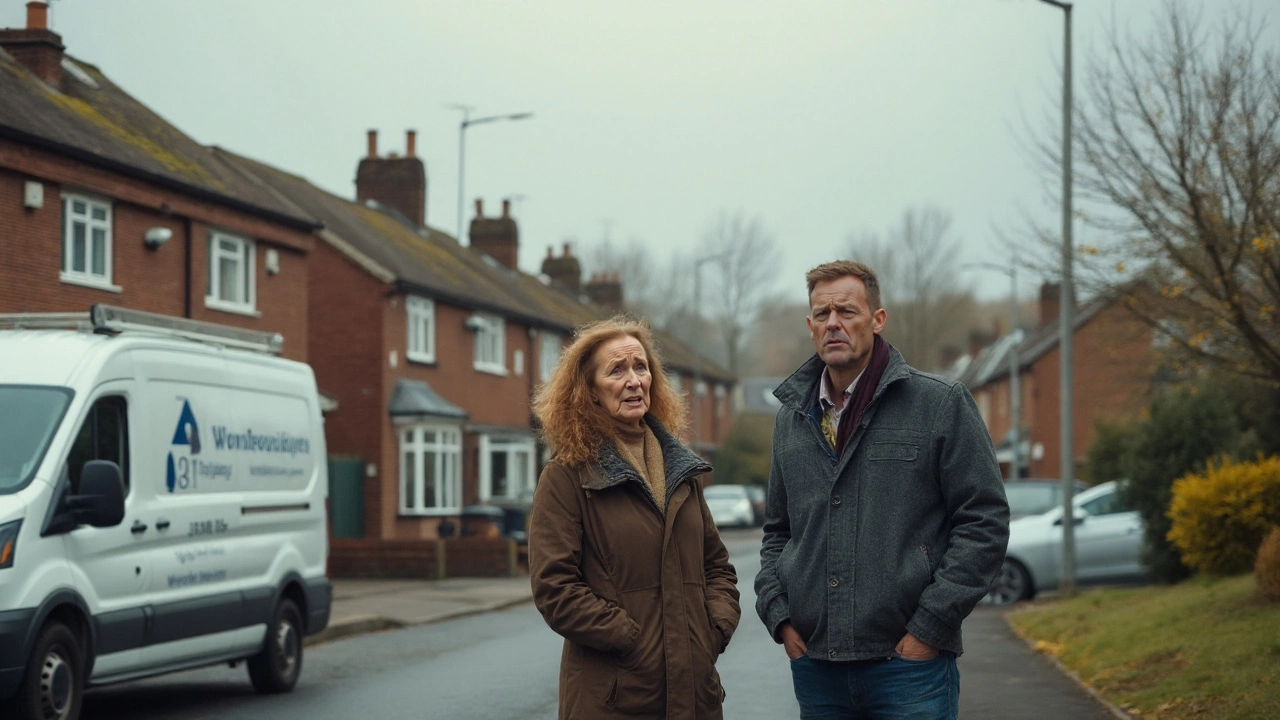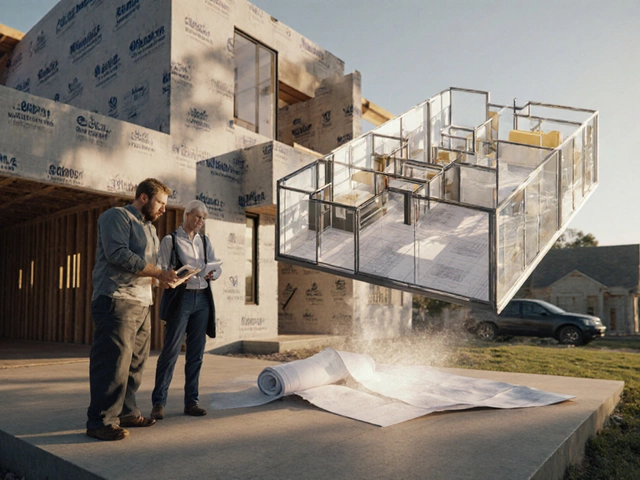Roof Replacement Cost: What You Need to Know
When planning a roof replacement cost, the total amount you’ll spend to remove, repair, and install a new roof on a residential property. Also known as roofing expense, it blends material prices, labor rates, permits, and unexpected fixes. The first piece of the puzzle is the roofing material, the product you choose – asphalt shingles, metal panels, tile, or slate – each with its own price tier and lifespan. Next comes the labor cost, the hourly or per‑square‑foot charge for skilled roofers to install the chosen material. Finally, local building permits, official approvals that add a fixed fee and ensure the work meets code. Together these elements form the core of any roof replacement cost estimate.
Beyond material and labor, the style of roof you have dramatically shifts the price. A flat roof, common on modern homes, often requires a waterproof membrane and extra drainage, raising material costs. A pitched roof, with its sloped planes, may need more under‑layment and flashing, influencing labor time. Adding insulation, the thermal barrier in the attic, can cut energy bills and boost the home’s resale value. Don’t forget the roof warranty, a manufacturer or labor guarantee that can add a modest premium but saves money on future repairs. These choices shape the final amount you’ll see on the invoice.
Choosing the right contractor is another cost driver. A reputable roofing contractor, licensed, insured, and with solid references, typically charges higher rates but reduces risk of mistakes. Compare several bids, ask for a detailed breakdown, and verify that the estimate includes a roof inspection, the pre‑project survey that identifies hidden damage or needed repairs before work begins. Financing options such as low‑interest home equity loans or roofing‑specific credit lines can spread the expense, though interest adds to the overall cost. Keep depreciation in mind: a new roof adds to your home’s value, but the expense is amortized over its 20‑30‑year life, affecting long‑term budgeting.
When you receive a quote, break it down: material, labor, disposal, permits, and any extra services like ventilation upgrades. Regional variation matters – urban areas with higher labor rates and stricter code enforcement often see higher totals than rural locations. Watch for hidden fees: roof tear‑off, debris removal, and unexpected rotting or mold remediation can inflate the bill after the work starts. A thorough contract that lists each line item protects you from surprise charges and helps you compare offers objectively.
After the new roof is on, proper maintenance keeps the investment alive. Regular roof maintenance, cleaning gutters, inspecting for damaged shingles, and addressing leaks early reduces long‑term repair costs and preserves the warranty. Energy savings from better insulation and reflective materials can lower utility bills, improving the return on your spend. All these factors – material choice, labor, permits, contractor quality, financing, and upkeep – combine to define the real roof replacement cost. Below you’ll find a hand‑picked collection of articles that walk you through budgeting tips, material comparisons, and step‑by‑step guides to help you plan confidently.
Is $30,000 Too Much For a Roof? Breaking Down Modern Roof Replacement Costs
Wondering if a $30,000 roof is too expensive? We unpack the real costs, factors, and savings behind major roof projects in today’s market.
full article




